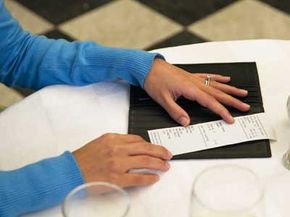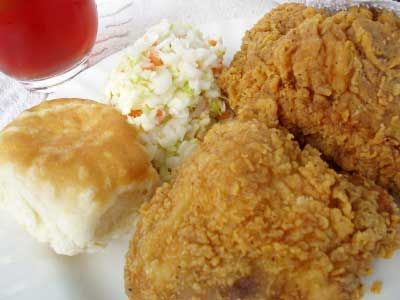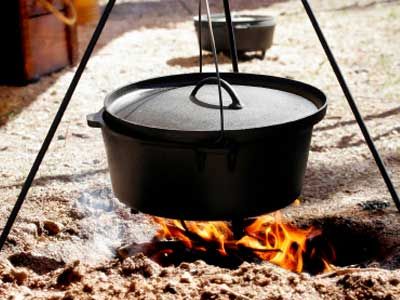If you're looking for ways to save money, cutting back on restaurant dining might be an option. Depending on your shopping and eating habits, a single meal out for two might ring up at about the same price as a week's worth of groceries for those same two people. For a family of four, a month spent eating in instead of out could easily save you $100 or more.
While cutting back on dining out sounds possible, sometimes you have to go to a restaurant. Perhaps it's because you're conducting a working lunch or business dinner, or you're on the go and need to grab a bite. And sometimes you simply want to go out for a meal; there's a lot to be said for getting out of the kitchen and going somewhere special, especially if it means spending time with friends. There are places that seem more affordable than others do by comparison. But no matter where you end up, sometimes when you consider what you're getting, it's hard not to wonder why a meal costs so much? Is it the ambiance? The service? The trendy locale?
Advertisement
Restaurants are businesses like any other, and they've put a lot of thought into their prices. The markups cover the labor force in the kitchen, the wait staff, the rent, the decor, the music, the advertising -- and let's not forget the food and drink. Restaurants also have to respond to their competitors' pricing, so markups don't always hold steady [source: Canada Business].
In general, a food's restaurant price is about three times its wholesale cost - a 300 percent markup [source: Canada Business]. If the manager is smart, he or she will calculate the markup based on the most expensive version of the food (the cappuccino with soymilk, rather than the one with plain 2 percent milk). Managers also pay attention to the food cost percentage, the ratio obtained by dividing the preparation cost by the selling price [source: Mullis].
But not all markups are created equal. Some items have higher prices to balance out some other items.
In this article, we'll look more closely at what goes into restaurant markups -- the costs, the labor and the business decisions. We'll also examine how markups work at different kinds of restaurants, and explore some of the myths -- and facts -- about those sky-high prices.
We'll start on the next page, with the most important meal of the day -- breakfast.
Advertisement



